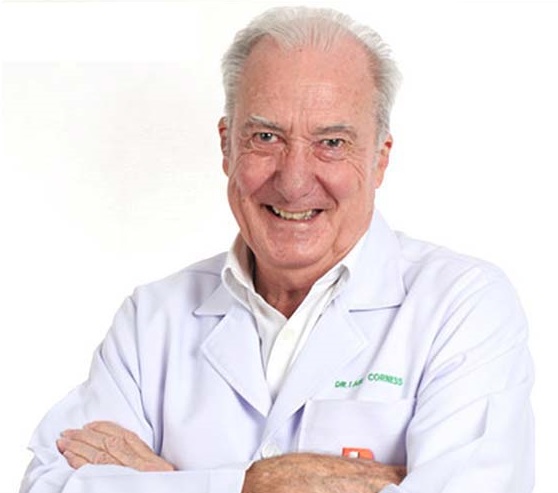

Long before personal computers, smart-phones and other digital devices were given to us, there was the Dictaphone. This was really just a fancy name for a tape recorder, but its purpose in Medicine was to expedite the letters to the GP’s who had sent in patients to the hospital.
The hospital authorities realized that to leave the Junior House Officers (of which I was one), who were already overworked, to type their own letters would produce another ‘choke point’. The advent of the Dictaphone would speed up the whole process and everyone would be happy. Well, that was the objective. The reality was, as is often the case, not as smooth as imagined by the authorities.
The first problem was that there were nowhere near enough Dictaphones. The second was that there were nowhere near enough secretaries, so the hospital was still receiving calls from angry GP’s who were seeing patients in their rooms they had sent to the hospital, who had been admitted, treated, discharged and the GP had not been informed of the diagnosis, treatment given, and when follow up was to take place. As you can imagine, continuity of care is important.
The following is a true record of a Dictaphone medical report. The Doctor was a Colin Wilmshurst and the GP I have called Dr. Brown and the patient I have called Mr. Smith. I was in the next cubicle which allowed me to eavesdrop.
The next important item is ‘bunions’. These are bony outgrowths on the inner side of the joint for the big toe. They can grow quite large and are unsightly and make it very difficult to wear shoes. In fact, many people with bunions will cut their shoe over the bunion so that they can actually wear the shoe.
But back to my story, which by the way is totally true. It was 1967 and Colin began with the usual address, “Dear Dr, Brown, Thank you for sending in your patient Mr. Smith, and I agree totally with your diagnosis. He has indeed bilateral bunions (bunions on both feet.) This being the case, it will be necessary to admit him for an operation by one of the orthopedic surgeons.
Unfortunately there is quite a waiting list for non-urgent procedures, but I confidently expect we will admit him for surgery in the early 1970’s. In the meantime I have advised him to wear thick socks!”
That was the situation with waiting lists in those days, and although things in the UK are not quite as bad these days, there are still long waiting lists for non-urgent cases.
A couple of years back, when my dear old Mum was still alive, she was admitted with an irregular pulse to a hospital in Scotland. She ended up being there for three weeks, not that she needed all that time in hospital, most of the time was waiting for the doctor, waiting for the EKG machine to be free, waiting for the specialist, waiting for the report to be signed by the consultant, waiting for the social worker to look at Mum’s house. I can honestly say if Mum had been here in my hospital in Pattaya, she would have been examined, a diagnosis made and treatment instituted within two days. Yes, I realize we have a private hospital here and Mum was in an NHS hospital in the UK, but if the UK could use the same model as ourselves, there wouldn’t be so many waiting for a vacant hospital bed.





